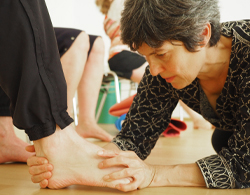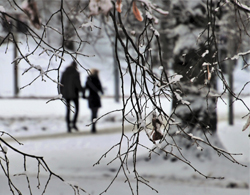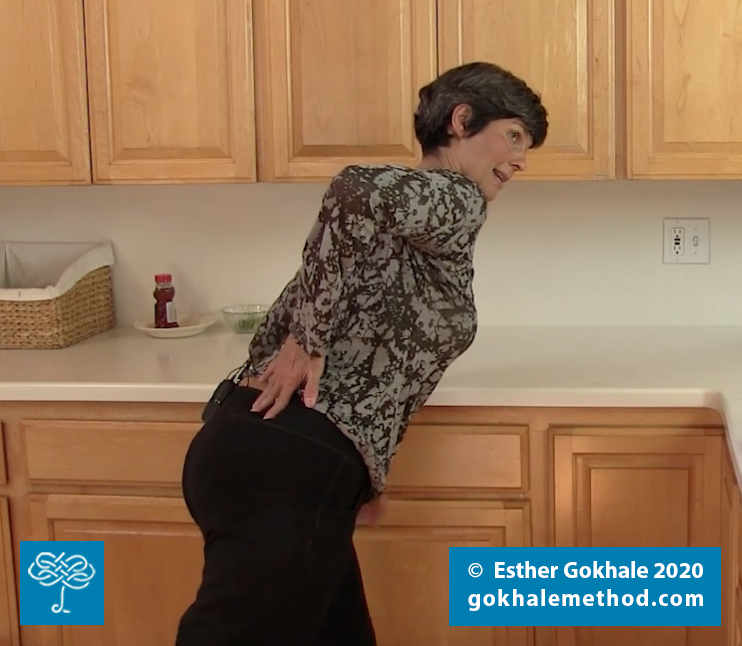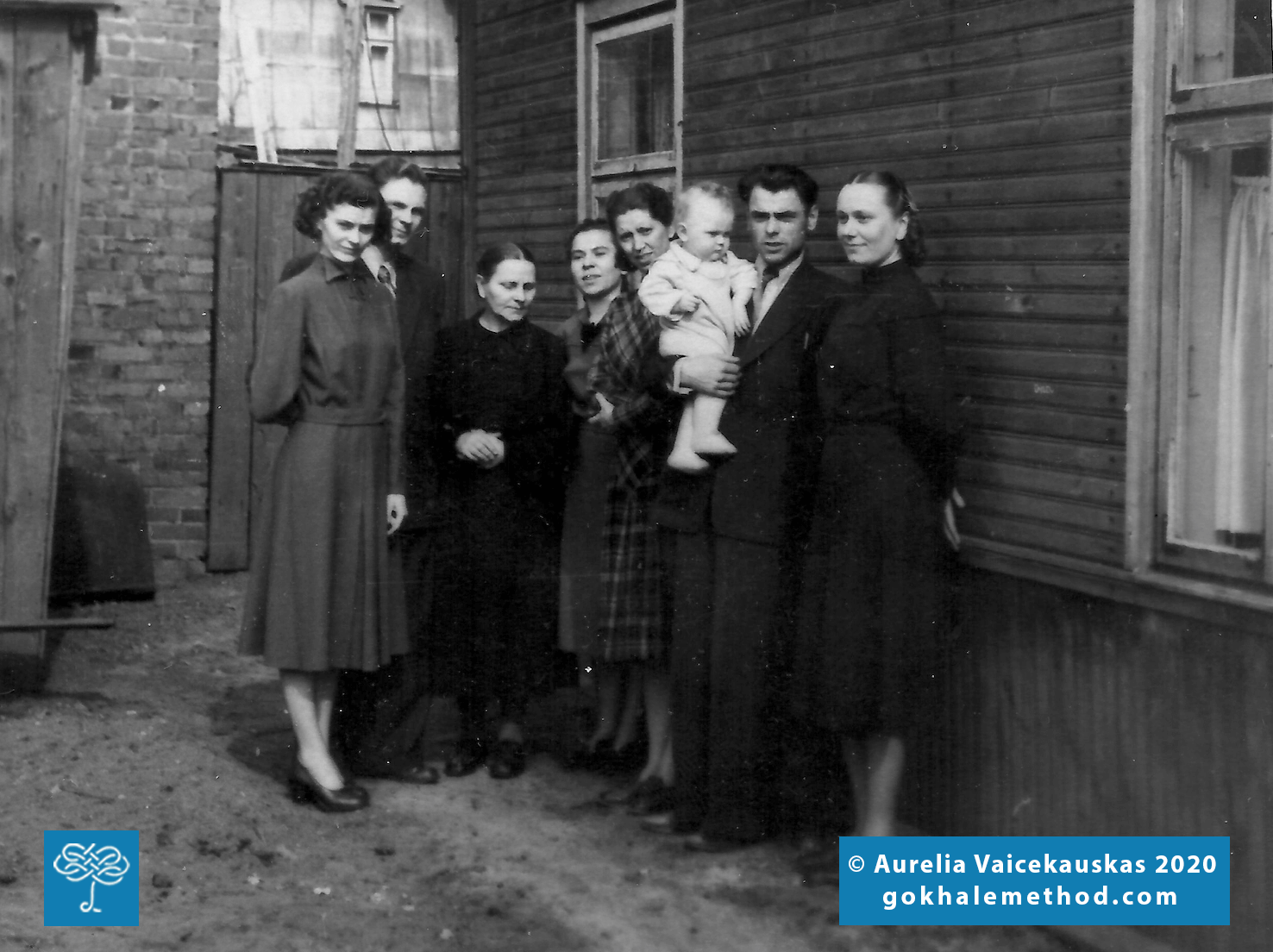Fixing Plantar Fasciitis
Ronald Katz’s Gokhale (Gō-clay) Method® Success Story
Glidewalking Deep Dive
Gliderunning: Part 2: Meet Your Feet
Feet Out or Straight Ahead?
Balanced Walking in Older Age
We assume in our culture that aging will necessarily be accompanied by a loss of height, increasingly stooped posture, loss of muscle strength, and a precarious inability to balance. But is this really the inevitable trajectory? Here we look at why this occurs and focus on how a healthy gait can help us maintain good balance throughout life, including into old age.
Walking sticks and poles help prevent falls but are poor compensation for loss
of natural stability and balance from the feet and buttocks. Unsplash
Falls can have fatal consequences for the elderly, potentially resulting in broken bones and a cascade of problems that can ensue from hospitalization, injury, surgery, and immobility.
“I had no idea that the Gokhale Method would change my life:” Teacher Kathleen O’Donohue’s Story
My Favorite Exercises for When You Can’t Get to the Gym, Part 2: Toning the Gluteus Medius
Teaching My 95-Year-Old Lithuanian Mom the Gokhale Method, Part 1
Glidewalking: Sitting’s Long-Lost Counterpart
Mother and son in a tribal Orissan village demonstrating excellent walking form. Notice that their heels remain on the floor well into their stride.
Do you have tight psoas muscles? Do you suspect the cause is too much time spent sitting in your daily life? There’s a complementary activity that helps counterbalance the time we spend sitting: walking — or, more specifically, glidewalking. Glidewalking helps balance our sitting in numerous ways — walking is dynamic versus sitting which is static. Yang balances Yin, viewed in the framework of traditional Chinese medicine. One underappreciated way in which walking can balance sitting pertains to the psoas muscle.
The psoas muscle originates on









